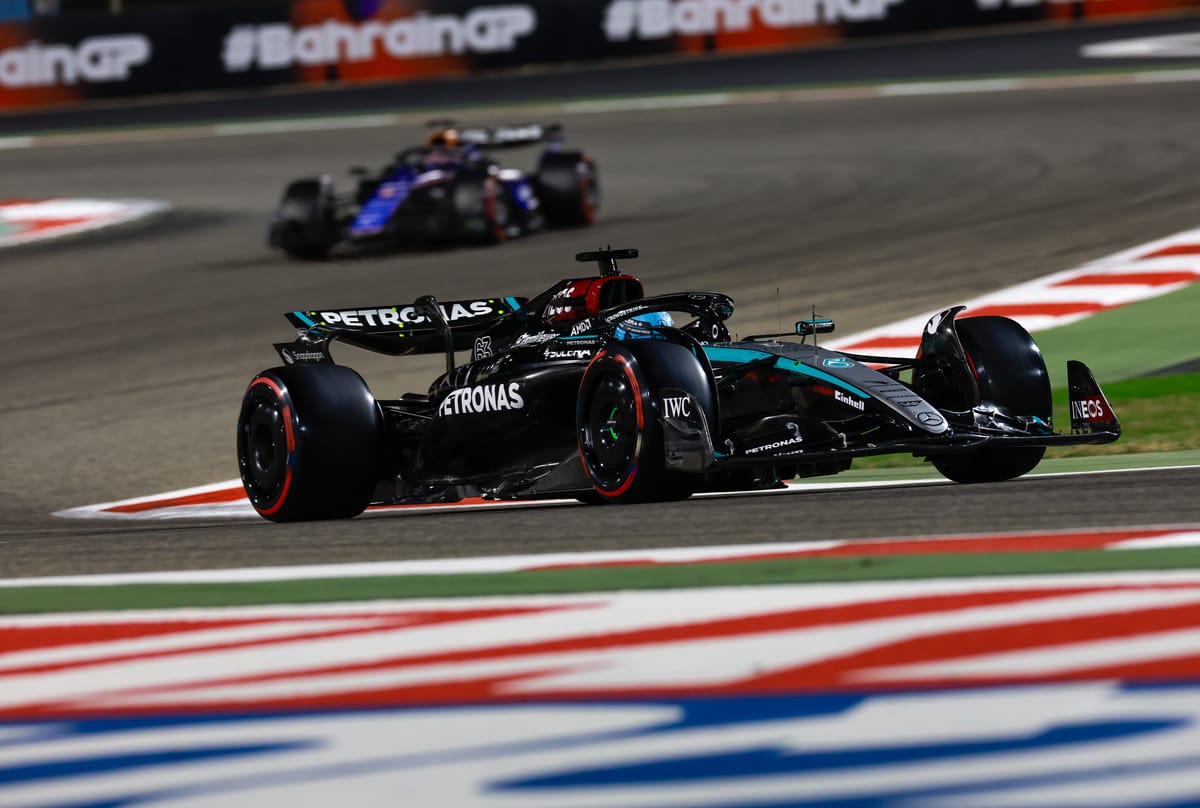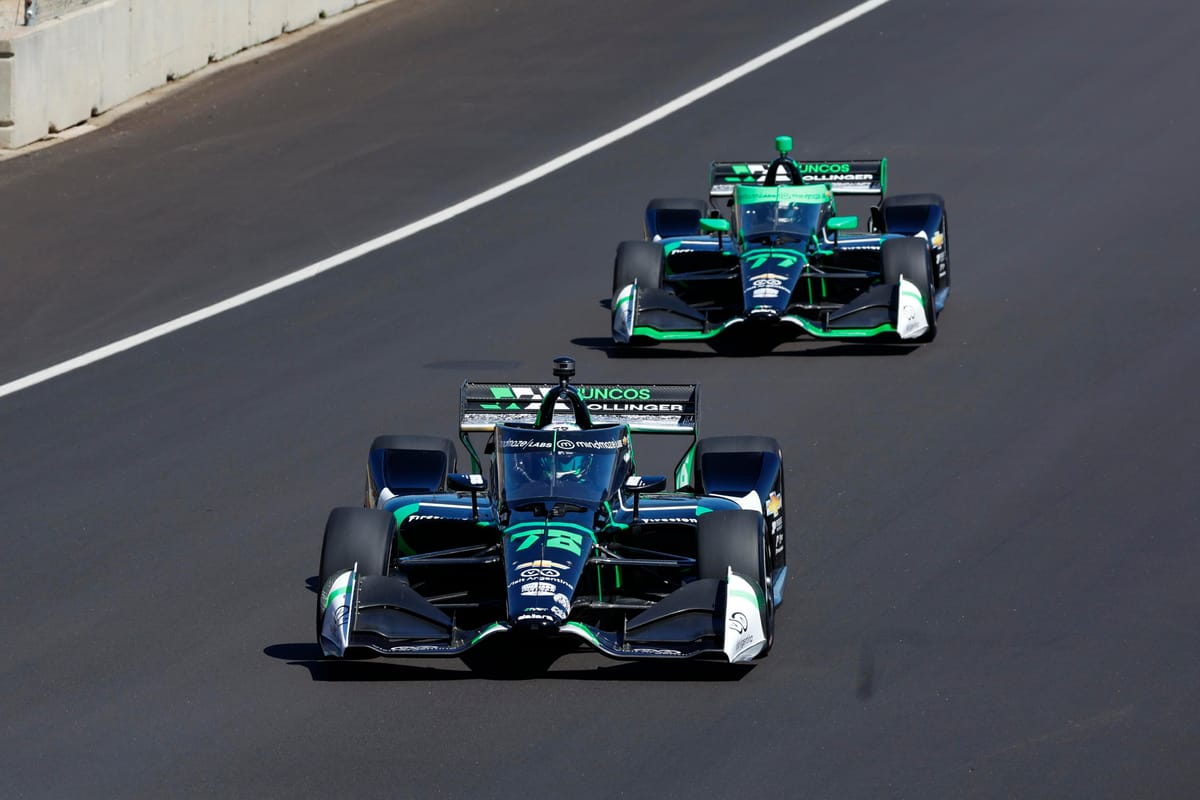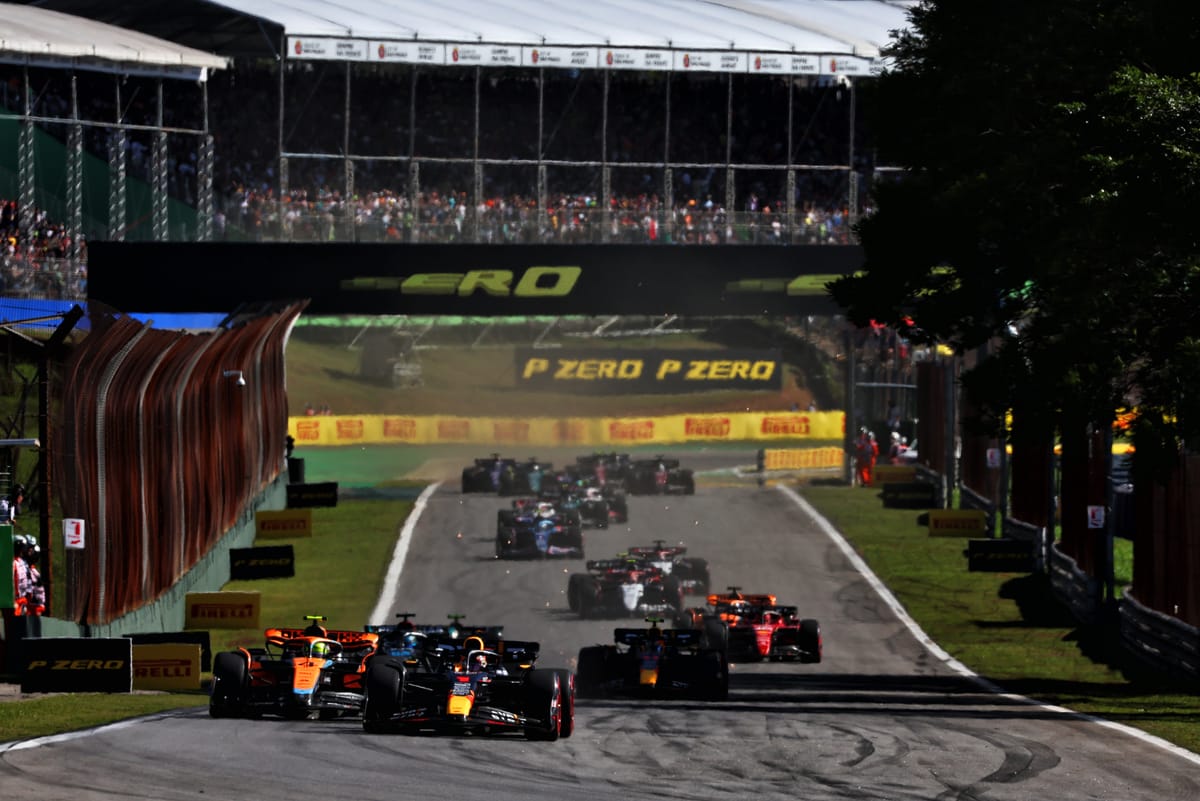A total of 1834 days will have passed this Sunday since the last Chinese Grand Prix - and a hell of a lot has changed in Formula 1 since then.
Through surviving a global pandemic, soaring off the back of a Netflix show, and going from one dominant era to another via one of the greatest seasons ever, F1 in early 2019 is in some ways barely recognisable compared to today's series.
Our writers pick out some of the key changes:
Mercedes and Red Bull have swapped places
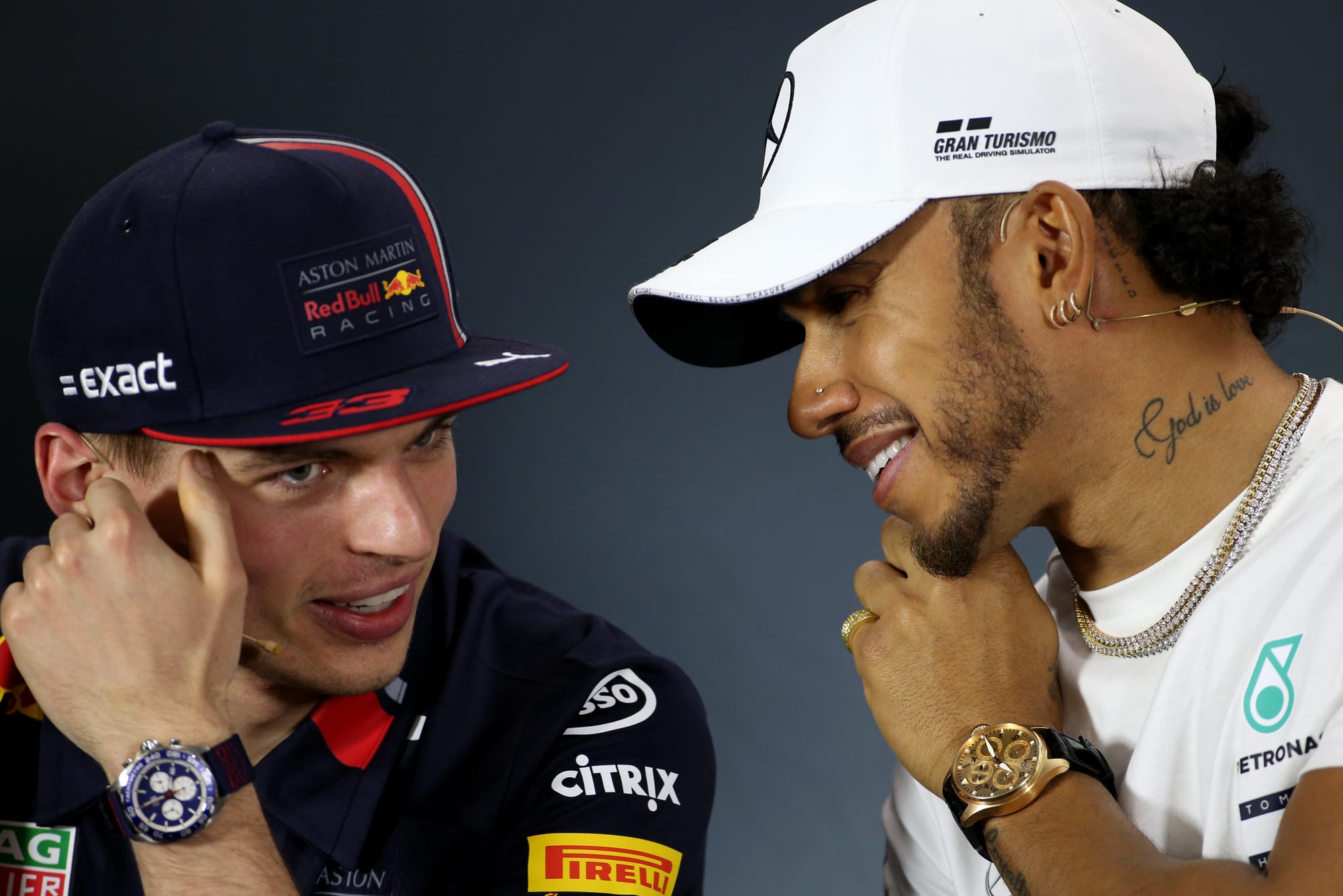
Mercedes wrapped up a third consecutive 1-2 finish of the season last time F1 raced in China.
It came at a time when its dominance of F1 - five consecutive double title wins - had been under big threat from Ferrari in 2017 and 2018, after three years of the Mercedes cars racing each other at the front of the field.
Ferrari and then star driver Sebastian Vettel had pushed Mercedes and Lewis Hamilton close, far closer in fact than the final margin and early coronations of both years showed.
But Mercedes refound its advantage in 2019 and even by the third round in China, Mercedes appeared on for its most comfortable title for three years, and now - given it was Valtteri Bottas not Nico Rosberg alongside Hamilton - without the white-hot intra-team rivalry of the last time it had things so easy.
Red Bull (then Aston Martin sponsored) couldn't do much about it. After years of being frustrated by Renault engines, it had only just switched to Honda for 2019. A partnership that would prove fruitful eventually but not this early.
Three rounds in and a Honda engine had only powered a driver to a podium once in the hybrid era and Verstappen's win tally stood at a meagre five.
Mercedes had won 77 of the last 102 races.
How times change...- Josh Suttill
80% of the team bosses have changed
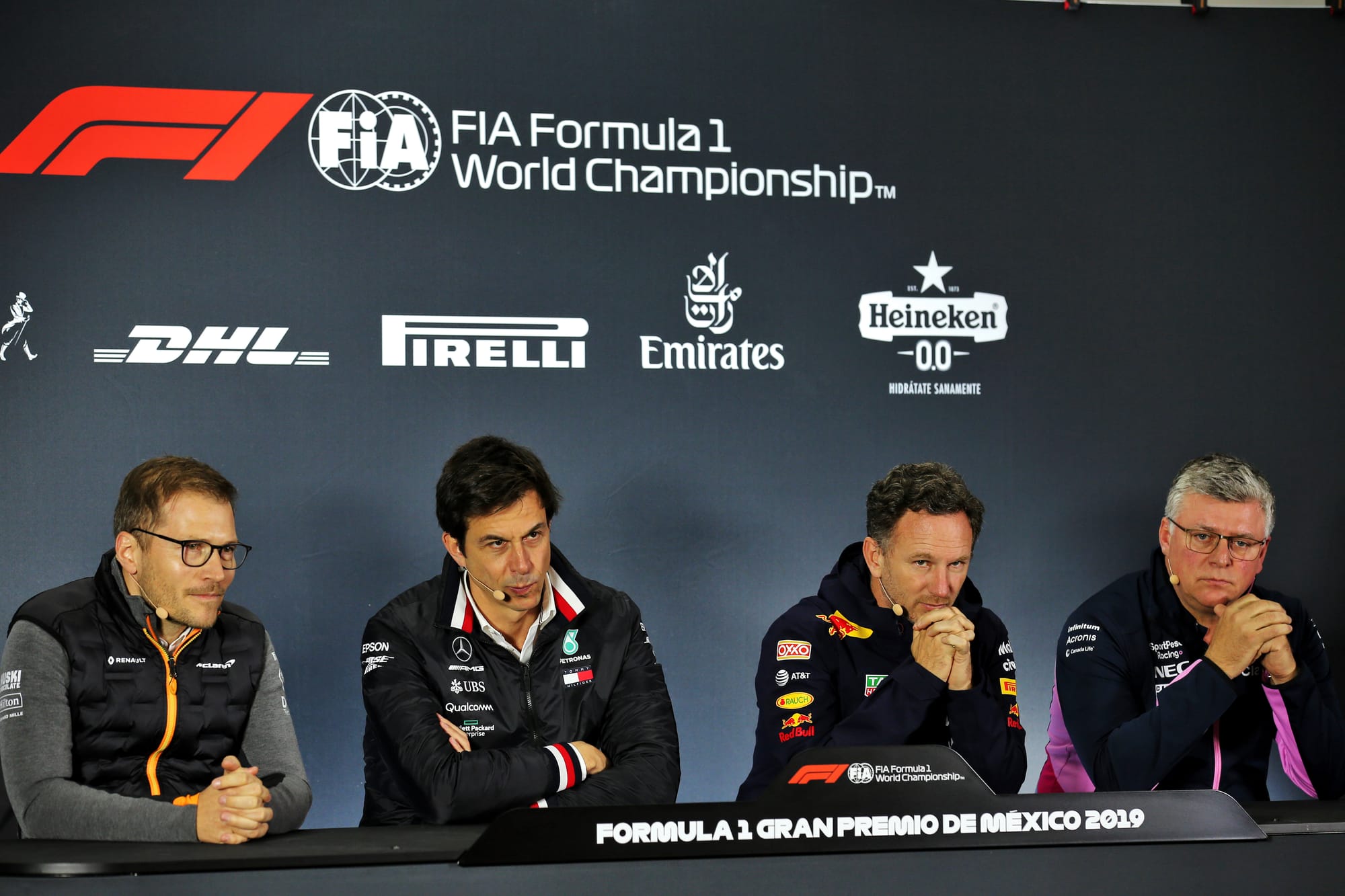
Just two team principals are serving in the same roles that they were at the time of the last Chinese Grand Prix: Mercedes’s Toto Wolff and Red Bull’s Christian Horner.
Williams had a deputy team principal in Claire Williams, but she left the following year when Dorilton Capital acquired the team. James Vowles, now Williams’s team principal, was chief strategist at Mercedes. Before rebranding to Alpine, Renault had Cyril Abiteboul at its helm.
Two years before becoming Aston Martin, Racing Point was led by Otmar Szafnauer. Fellow midfielder McLaren appointed Andreas Seidl as team principal in 2019. Seidl is now CEO of Sauber Group, which will become Audi’s works team in 2026.
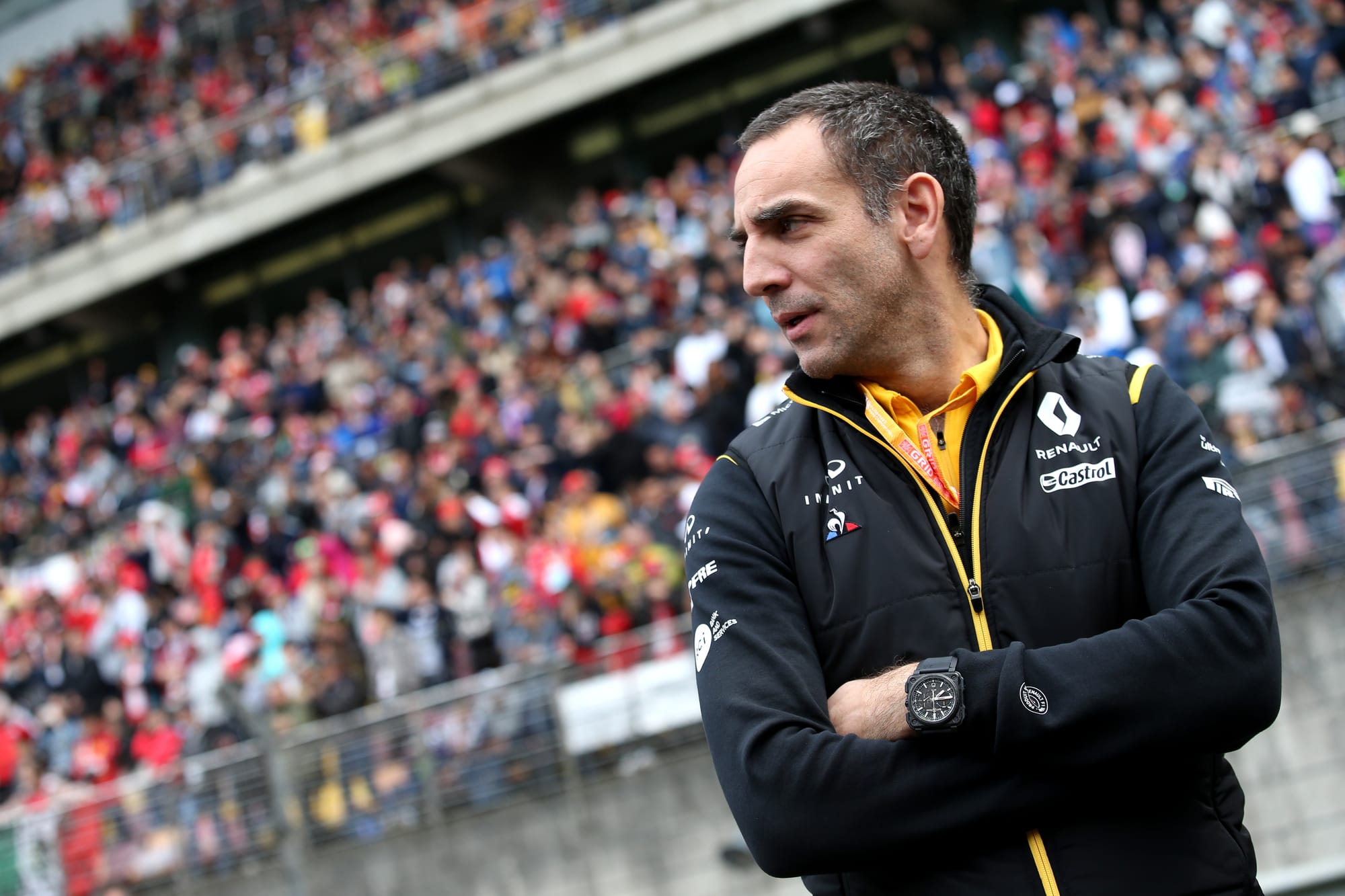
Alfa Romeo was meanwhile led by Frederic Vasseur, who is now the team principal of Ferrari.
Drive to Survive stalwart Guenther Steiner was team principal of Haas at the time. Now, Ayao Komatsu is in that role having stepped up from the job of trackside engineering director ahead of the 2024 season.
The year before its transformation into AlphaTauri, Toro Rosso was led by Franz Tost. That team has a wildly different identity now. - Samarth Kanal
...and 40% of the team names
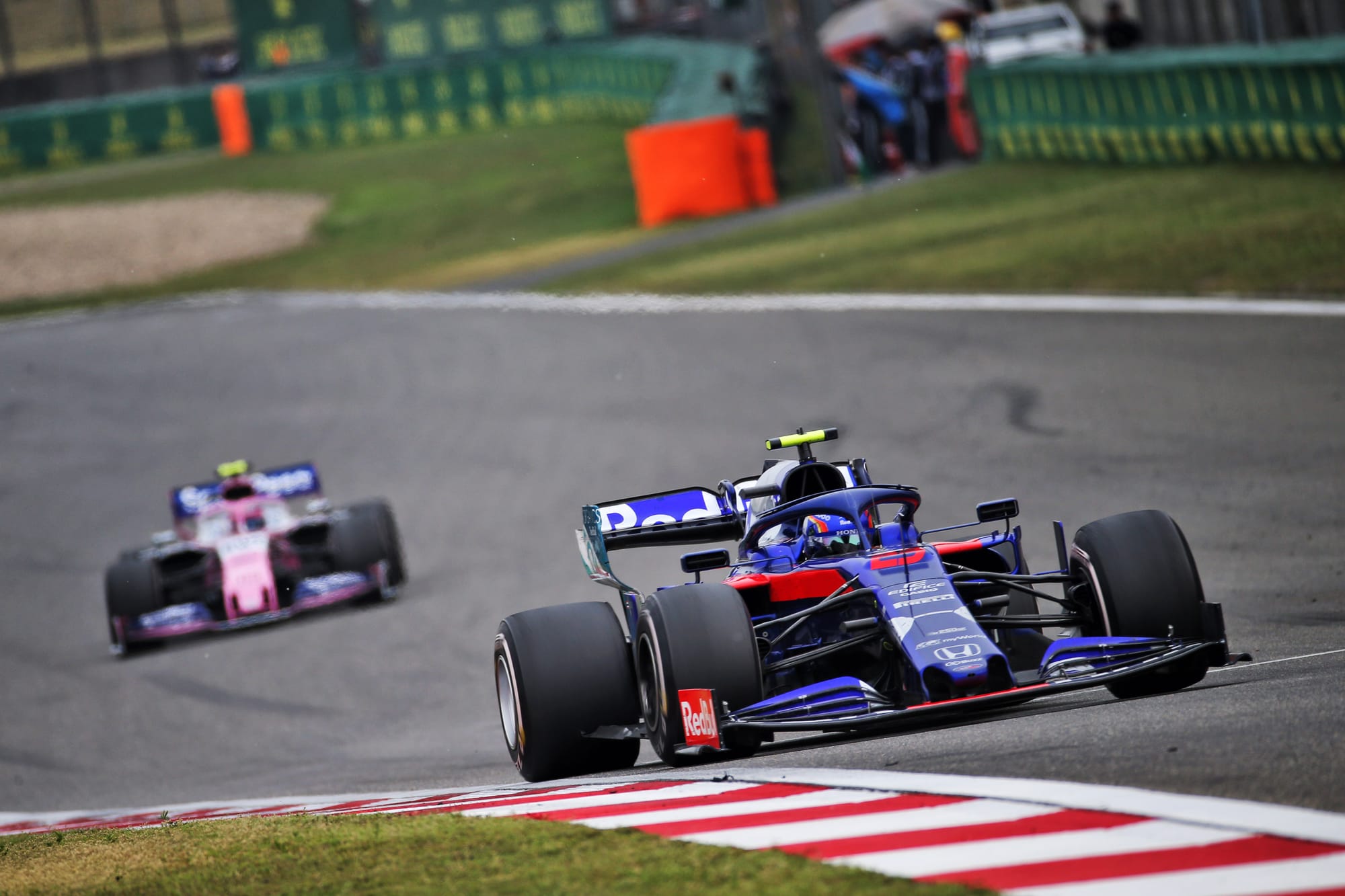
Visa CashApp RB is probably the most evident F1 team identity transformation since 2019. Back then it was known as Toro Rosso, before being named for Red Bull’s clothing brand AlphaTauri in 2020. The Race’s Creative Lead Oliver Card was quite complimentary about the livery in his launch-season review, the only thing positively received about the latest rebrand.
Lawrence Stroll led a consortium of buyers that rescued Force India in 2018. That team became Racing Point Force India and then, in 2019. It is now known as Aston Martin, having swapped pink for racing green.
Italian car brand Alfa Romeo partnered with Sauber in 2018 and spent the next six years putting its identity on the Swiss team. The Sauber name returned to the squad in 2024 - but Audi will put a stop to that in 2026.
Donning yellow and black, Renault was still on the grid in 2019. The Enstone squad rebranded to Alpine in 2021, adopting blue - and sometimes the pink that was formerly worn by Racing Point. - SK
F1's fanbase has changed a lot
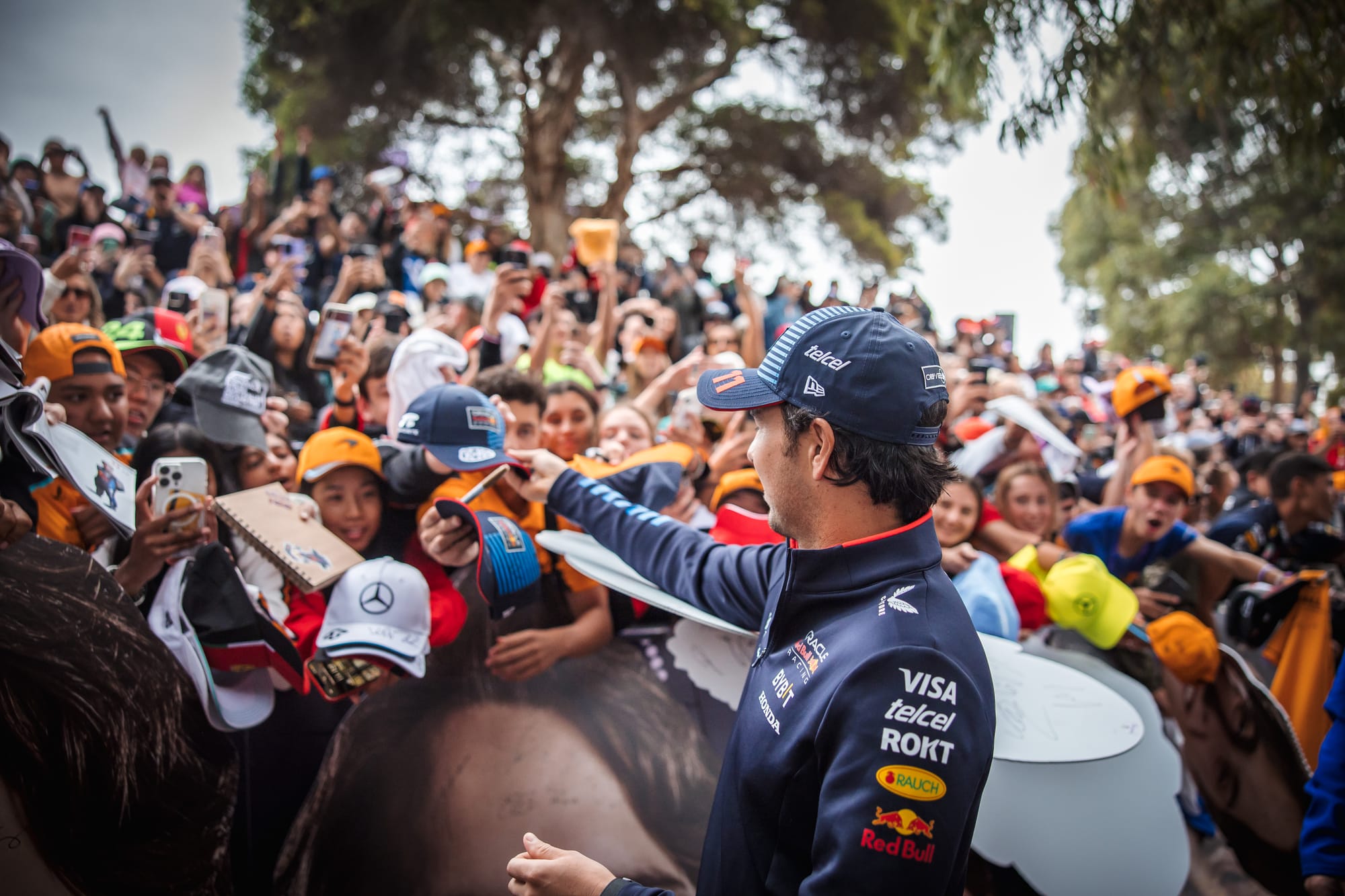
The F1 fan landscape is surely quite different now to the last time the Chinese Grand Prix was held.
The first season of Drive to Survive had just aired, the divisive events of the 2021 season were yet to transpire… not to mention the global pandemic that turned the world upside down.
There’s no denying that a younger generation now engages with F1 in a completely different way than before. Social media, behind-the-scenes content and a new wave of drivers mean there is more access than ever before to the championship.
Something we're sure you will hear at least 100 times this weekend (from us included) is that it's been 5 years since F1 visited China 🇨🇳
— The Race (@wearetherace) April 16, 2024
But what we would like to know is, did you watch the last race in 2019, or will this weekend be your first Chinese GP? 💭
There will be many fans watching the Chinese GP for the first time - in fact our Instagram poll found that 52% of respondents didn't watch the race in 2019 - and the same was true of 27% of those who replied to our X poll. Even for longer-term fans, this race weekend poses something new: a sprint race with a reshaped format.
The last Chinese Grand Prix came at a time just as the way F1 is viewed had started to shift: we can only hope this time around it produces an enjoyable race for the fanbase, new and old. - Megan Cantle
The cars (and the racing) are different
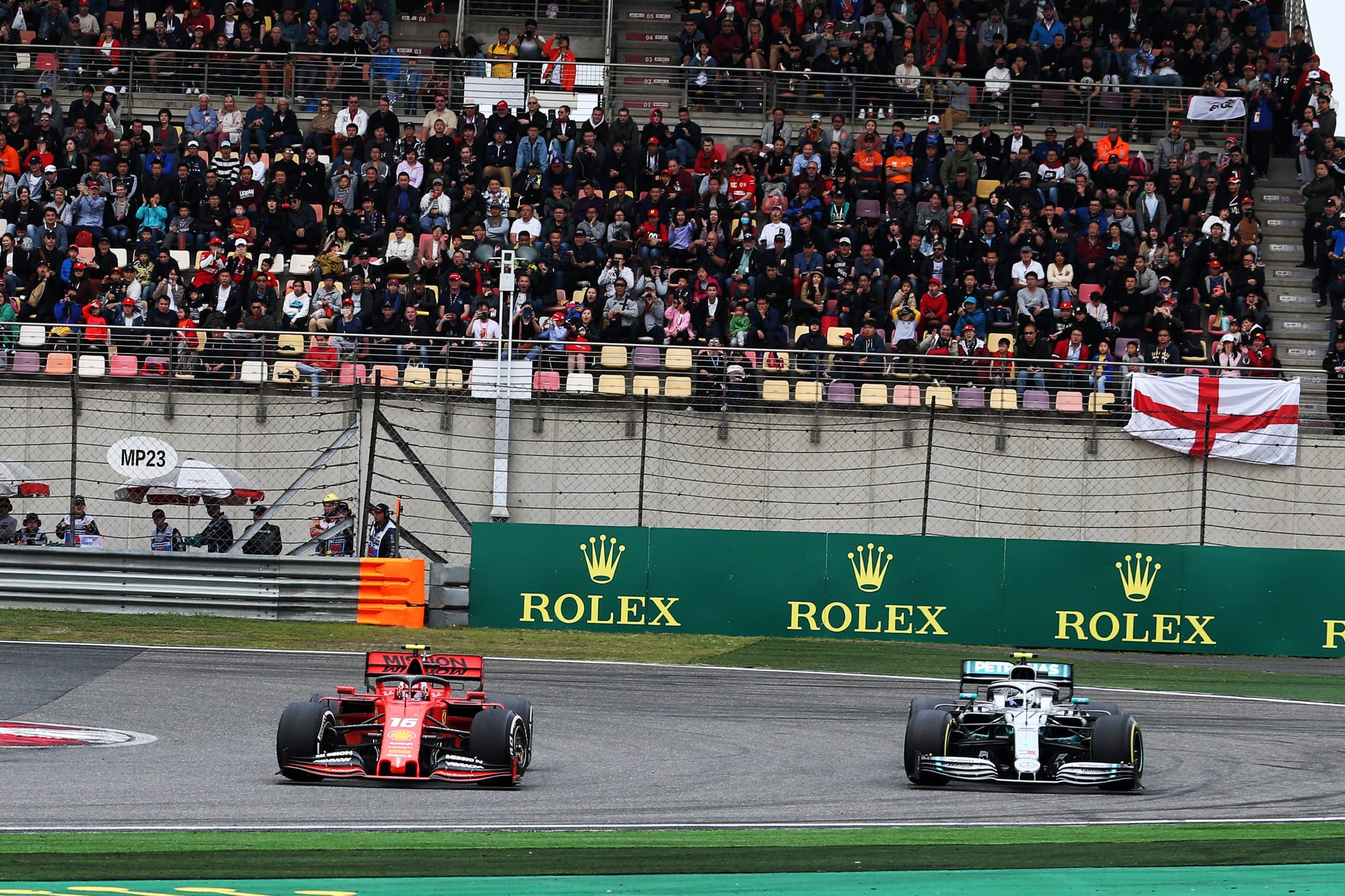
F1 had already embraced a more aerodynamically powerful formula when it was last racing at Shanghai, as the mistaken era of those beautifully monstrous 2017-2021 cars was reasonably well advanced.
Returning when the ground-effect era is at a similar stage marks a clear technical departure and a new challenge for teams and drivers. But the more things change the more they stay the same and one element that is frustratingly familiar is the quality of the racing.
The 2019 Chinese Grand Prix was early in the first season of F1 having simplified the front and rear wings, and pared back increasingly-complex brake ducts and bargeboards, to reduce sensitivity in turbulent air and minimise the difficulty of following another car.
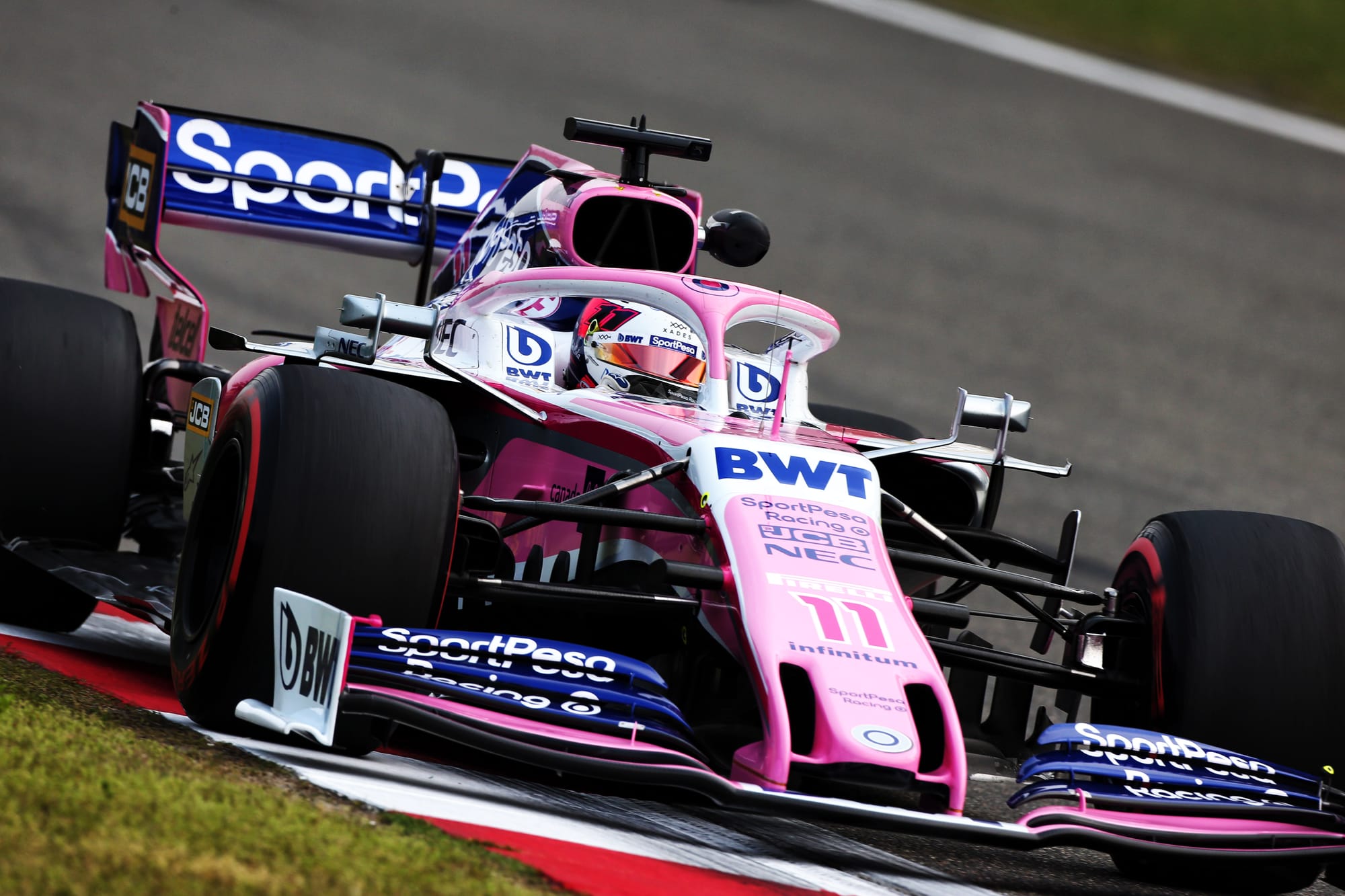
Sound familiar?
That’s precisely what F1 has tried to achieve with the ground-effect era, but the gains anticipated by the FIA have been slashed since the cars have run in reality. And now F1’s somewhat limping to its next era in the hope that more new technical rules will help.
Back in 2019, the dominant Mercedes team swept to a serene 1-2 finish. Six cars finished on the lead lap. It was no worse than mediocre but not much better.
F1 could do with its return to the country being more action-packed than its last visit. - Scott Mitchell-Malm
Even the Chinese GP circuit has changed
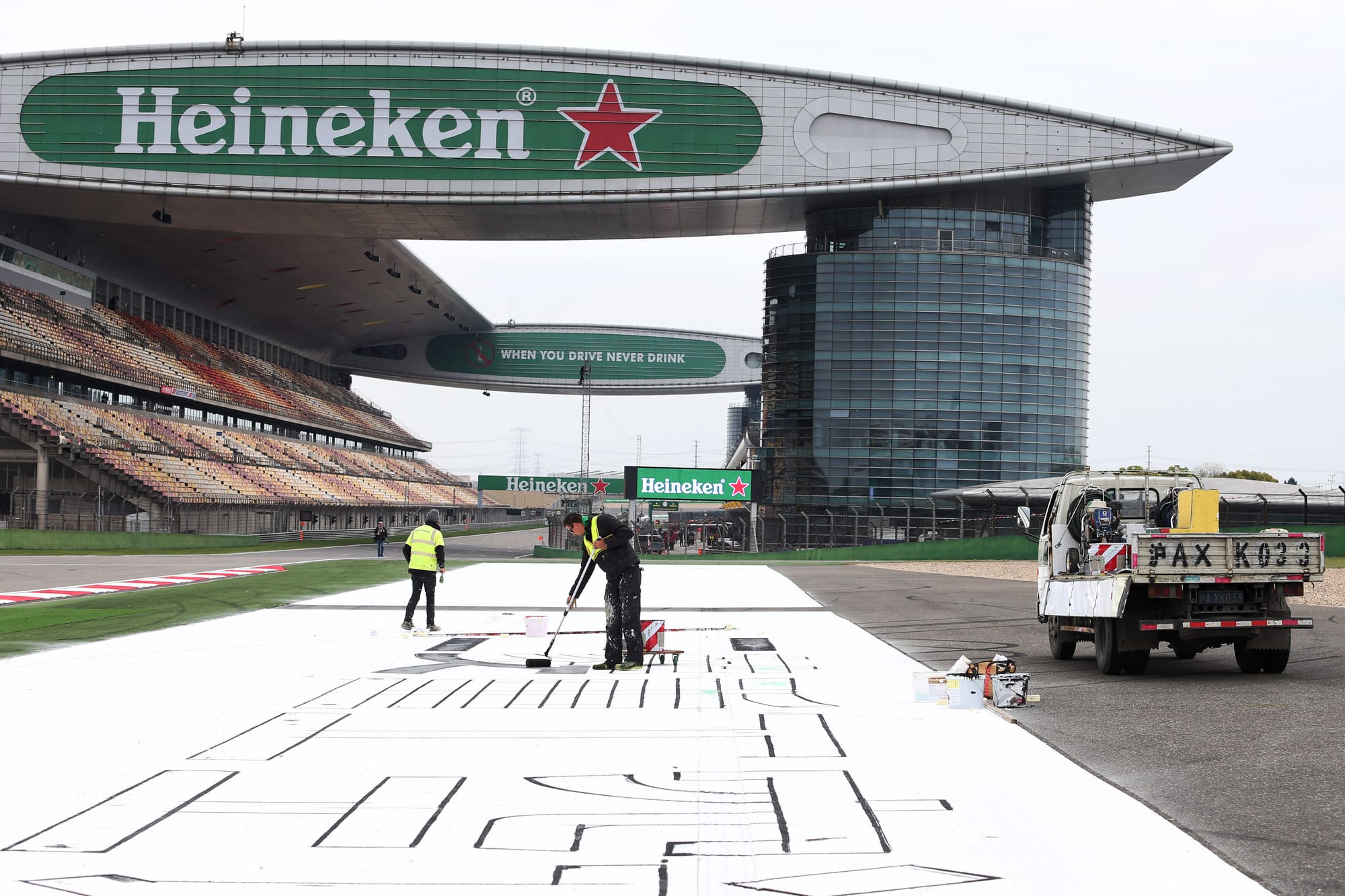
The Shanghai International Circuit has had work completed on the track surface since F1 was last there. So that means lots of repair work and grinding on the circuit to ensure it’s in good enough condition for the re-homologation process that was completed a month ago.
The track is an unusual one as it’s built on marshland, which means the ground is ever-shifting. That’s why over the years we have seen more bumps developing and with F1 not having been there since 2019 there’s likely to have been more movement. This will have been accounted for in the repair, but it means there’s the potential for subtle changes.
The track itself is front-limited, with the front-left taking a particular beating although the overall load put on the tyres is not as high as at Suzuka.
The combination of F1’s long absence, the modified track surface and the lack of free practice means that teams will have to work flat-out to fettle their starting set-ups given they have just 60 minutes of track time before the first qualifying session this time. - Edd Straw
Two champions have gone...
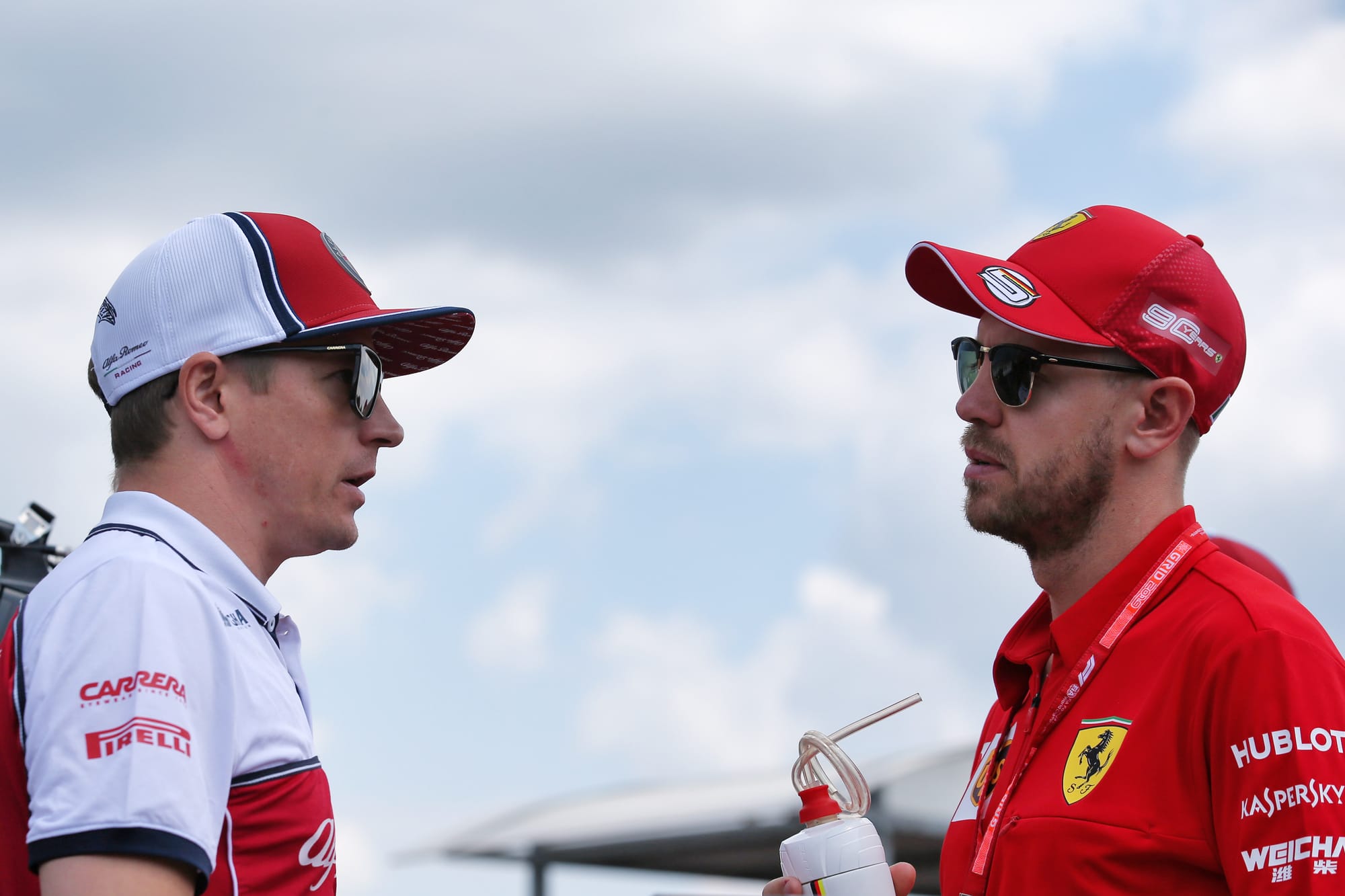
Just over a quarter of the grid will be different to F1's last visit to Shanghai, though of the six who've departed only Vettel was a notable factor in that race - best of the rest for Ferrari behind that Mercedes 1-2.
His retirement in 2022 felt well-timed. The other world champion who's exited F1 since Shanghai 2019 - Kimi Raikkonen - perhaps stayed on too long.
At least they were masters of their own exit strategy. China 2019 participants Daniil Kvyat, Romain Grosjean and Antonio Giovinazzi would probably still be in F1 now if they'd been offered the opportunity, while Robert Kubica's unhappy 2019 comeback season with Williams is a sad footnote to a career that should've been so different.
Kvyat, Giovinazzi, and Kubica all now have top World Endurance Championship drives and Grosjean is back in IndyCar underdog mode this year with Juncos Hollinger.
Is the 2024 grid better or worse than 2019? There's not a lot in it.
Fernando Alonso's return has certainly been great value, and Esteban Ocon's absence from the 2019 field having been squeezed into a reserve role by the previous summer's driver market machinations was an anomaly.
Yuki Tsunoda and Oscar Piastri are great additions, but on present form, Zhou Guanyu and Logan Sargeant's contributions to F1 will be less memorable and that might just be enough to make the class of 2024 marginally weaker overall than the class of 2019 given the departed sextet included two champions, a race-winner and two podium finishers. - Matt Beer
...but another remains determined as ever
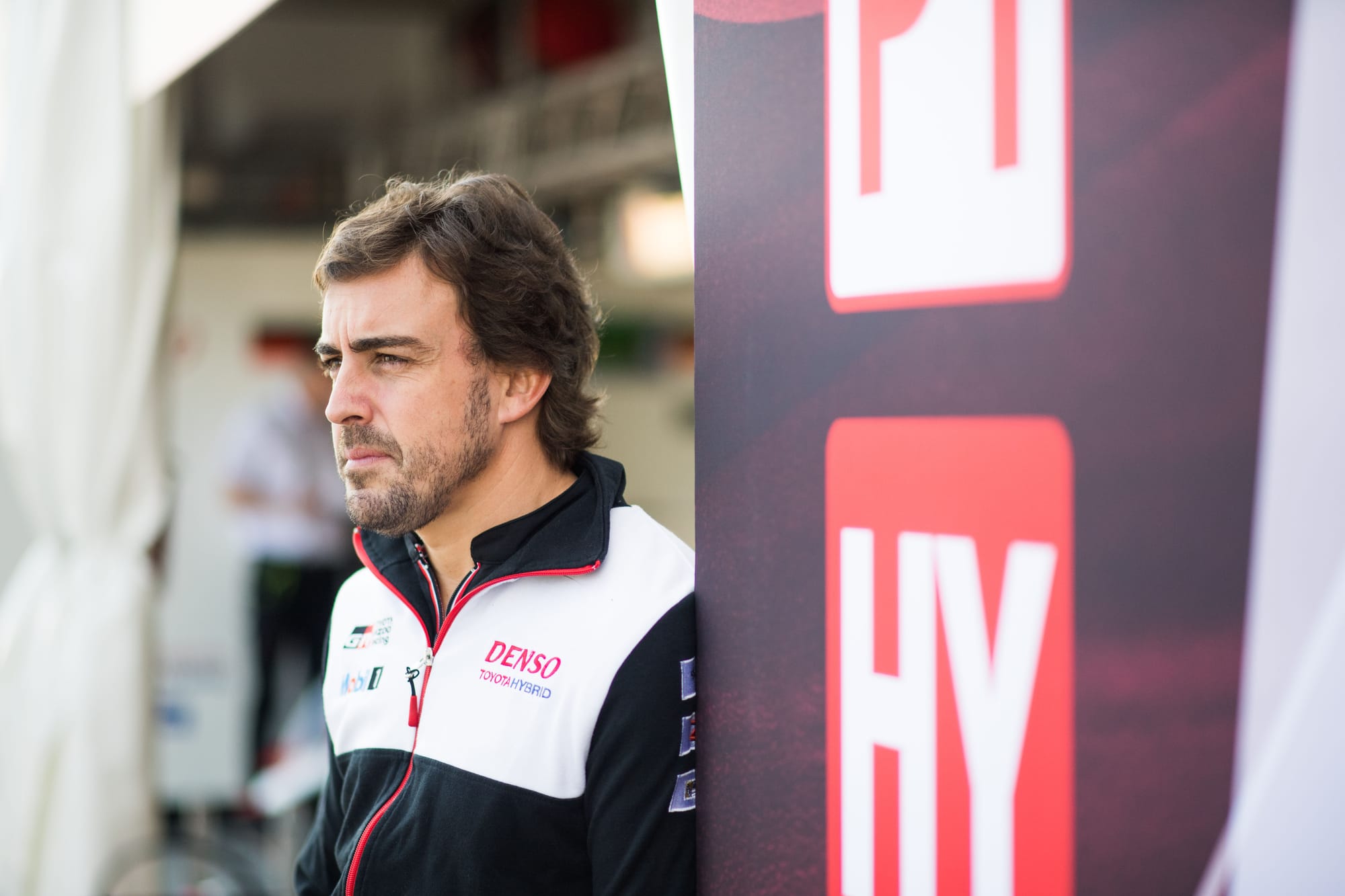
Alonso had contested every single Chinese Grand Prix until the last one in 2019. That year he wasn’t racing in F1 at all. He was, though, a Le Mans 24 Hours winner and on his way to winning the World Endurance Championship with Toyota team-mates Sebastien Buemi and Kazuki Nakajima.
The return of the Chinese Grand Prix tells a better story about Alonso than it does other drivers. Sure, some have racked up more success since. Some have retired. Hell, some have even done what Alonso’s done – left the grid and come back!
But when F1 was last in China, Alonso was missing. Who knew if he’d ever come back and if so, for how long? He was in the first of two seasons exploring other categories. And he was deep into his 30s.
His second F1 career is now well advanced and will continue for much longer after signing his new Aston Martin deal. It feels so familiar to have Alonso around. And that is why it’s quite something that as F1 returns to Shanghai with so much having changed, one of the things that’s different is Alonso’s on the grid. Because that would probably be the only constant in almost every other circumstance imaginable. - SMM
Others left and returned too
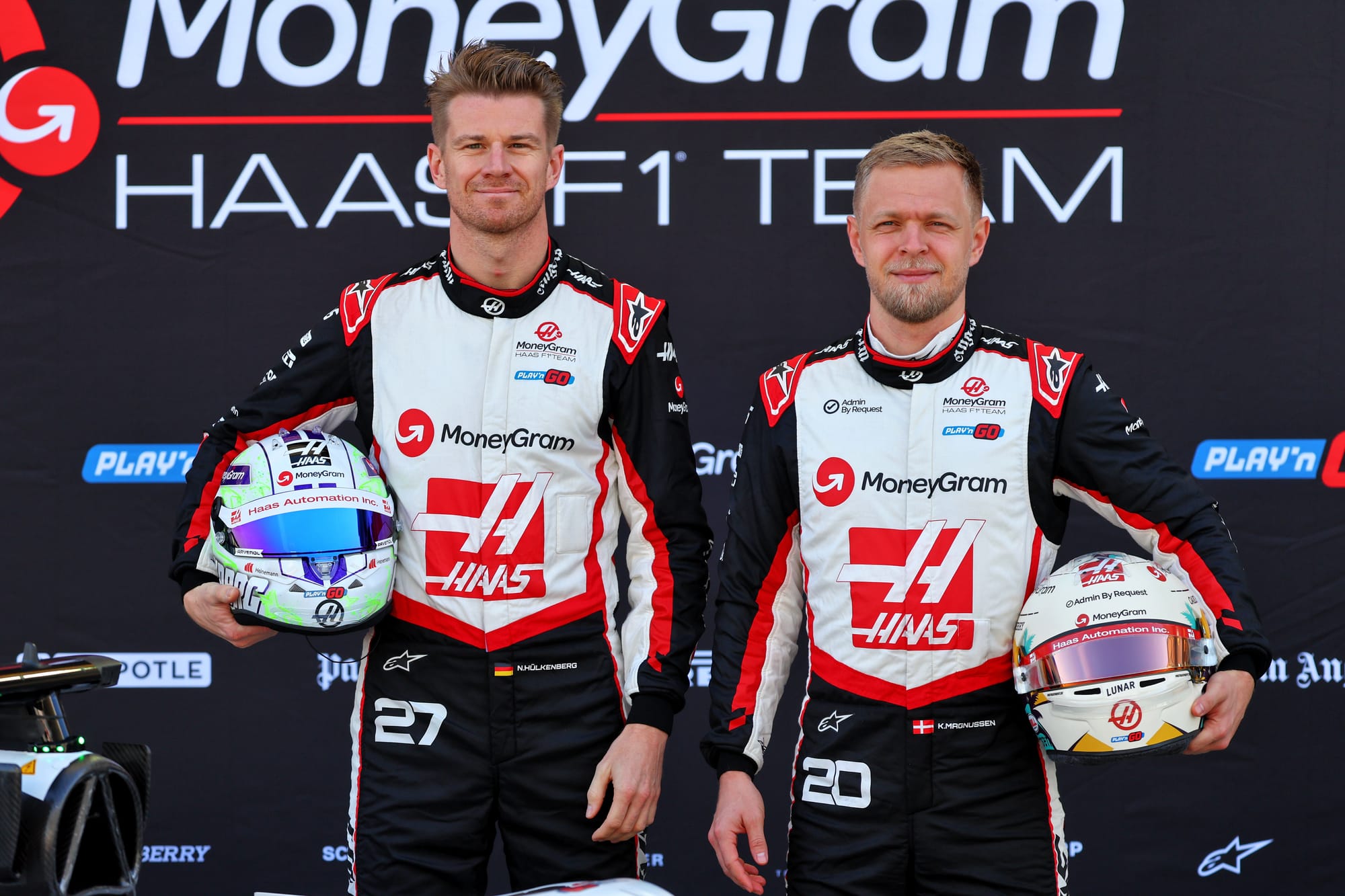
Back in Shanghai 2019 Alex Albon was a rookie in a Toro Rosso, having got a surprise late call-up from Red Bull just as it had looked like there would be no F1 career. Formula E had beckoned.
It’s been a rollercoaster ride since then, he's been promoted to the senior team as a rookie, not quite making it happen for himself, dropping out of F1, then back for a second chance, replacing his friend (and fellow 2019 rookie) George Russell at Williams.
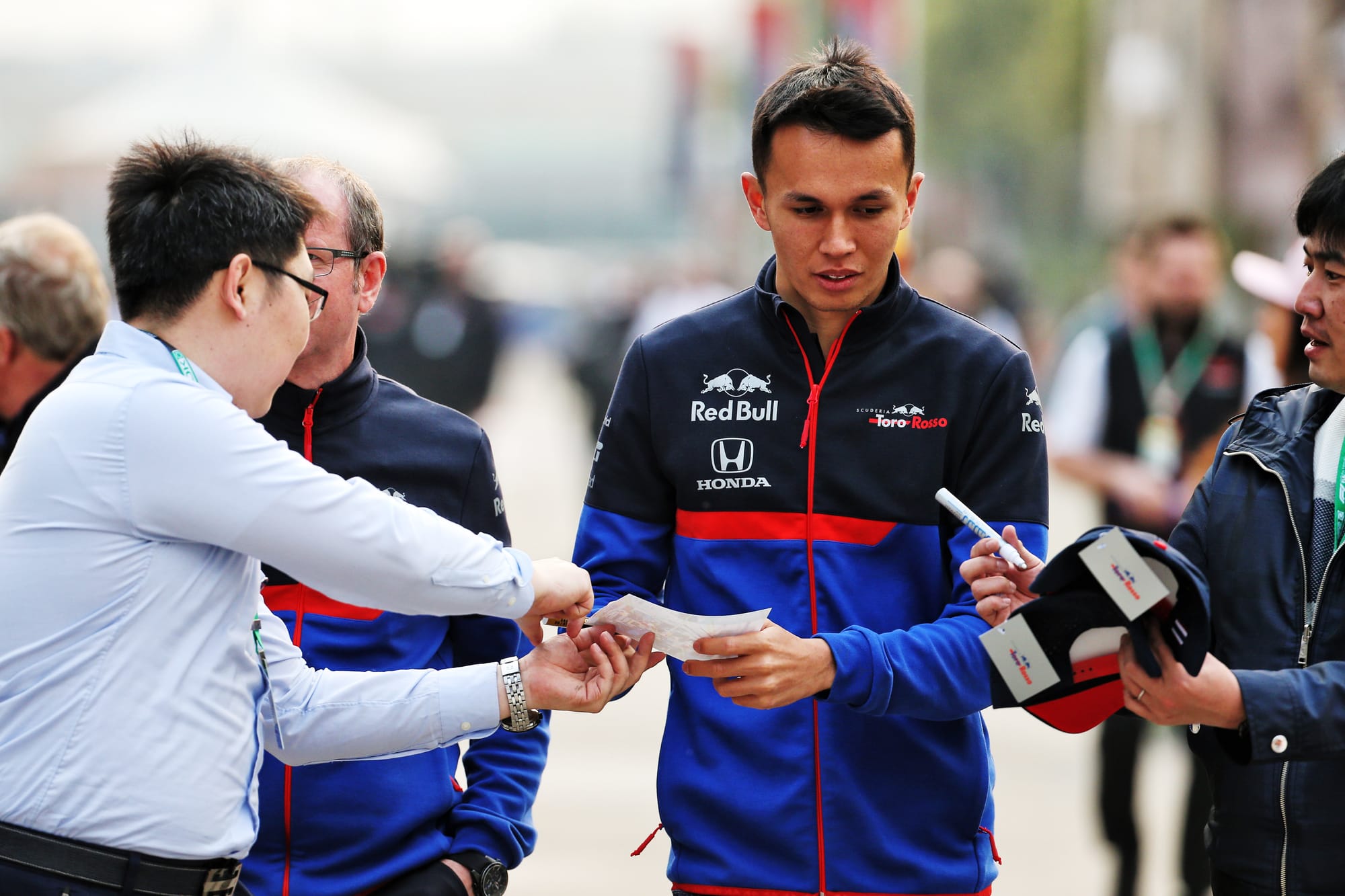
That struggle to get a proper foothold is ongoing but his reputation is high. Similarly, both Nico Hulkenberg and Kevin Magnussen have dropped out of F1 and then found their way back in, now as Haas team-mates. In each case they were just too good to lose their places permanently but without having attracted a top team.
There’s not much job security outside the top half-dozen or so in F1. - Mark Hughes
F1 sprint races (via several changes)
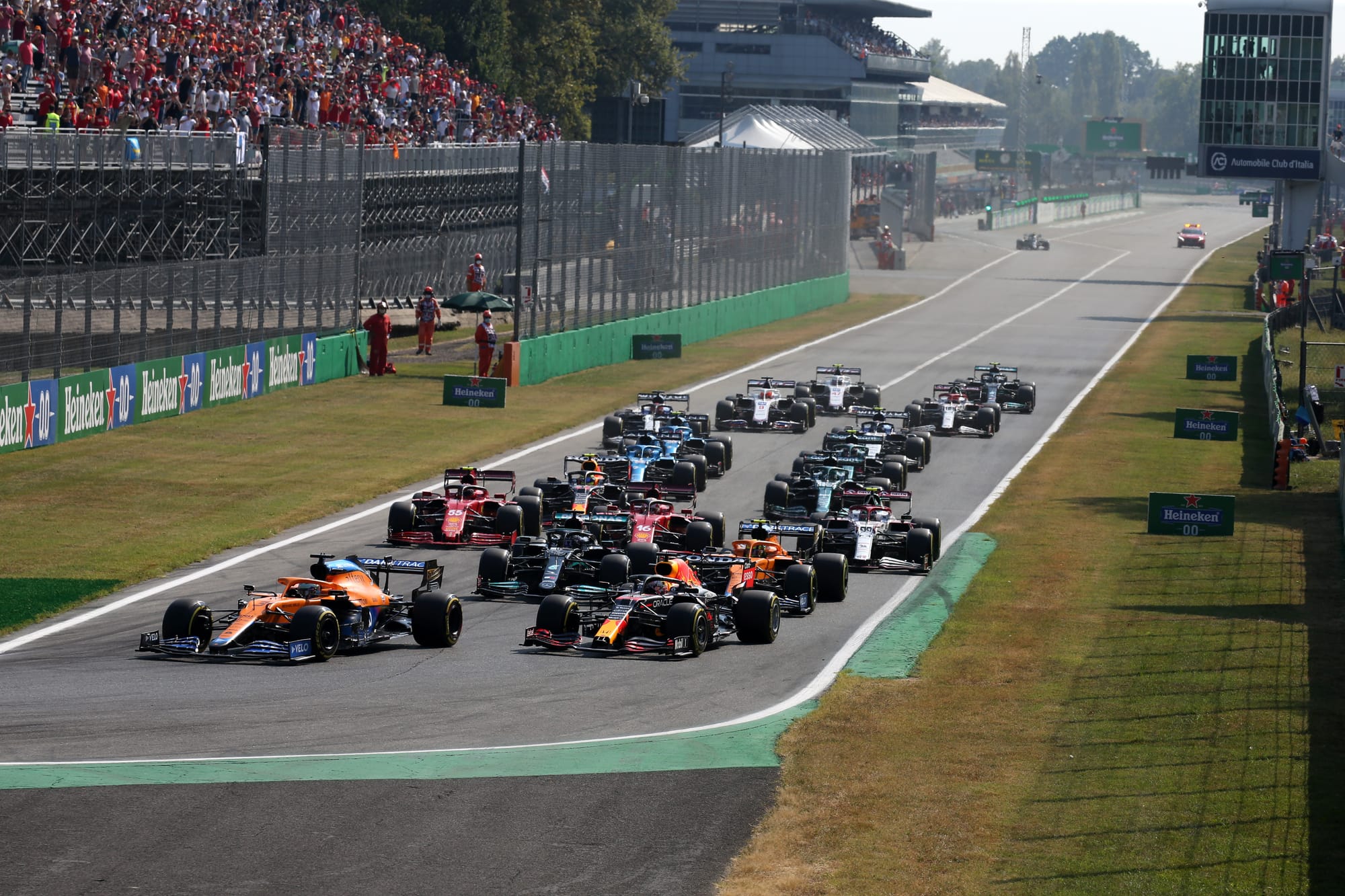
China is the first of the half-dozen sprint events in 2024 and will be the debut of yet another revised format - the third such iteration since the debut of sprint races in 2021.
Remember sprints started out life as three per year and used to set the grid for the race before sprints were essentially made their own standalone event within the weekend from 2023.
And rather than the ‘Sprint Saturday’ format used last year, the weekend will now feature a single free practice session and sprint qualifying on Friday. The sprint race and qualifying proper then take place on Saturday in that order, with the grand prix as normal on Sunday.
The key difference is that parc ferme no longer kicks in for good at the start of the first qualifying session. Effectively, there are now two parc ferme periods – one covering the start of sprint qualifying to the sprint itself and the other beginning at the start of grand prix qualifying and running to the end of the weekend.
In short, that means teams can now modify the set-up between the sprint race and qualifying proper.
As a result, there’s now the opportunity to learn from the sprint race and apply any resulting set-up modifications to the grand prix, or even to have a set-up philosophy that is in some way specific to the sprint before modifying it for the race.
However, any changes made in between will have to be committed to blind with no practice session to test them. - Edd Straw
F1 finally has a Chinese driver (for now)
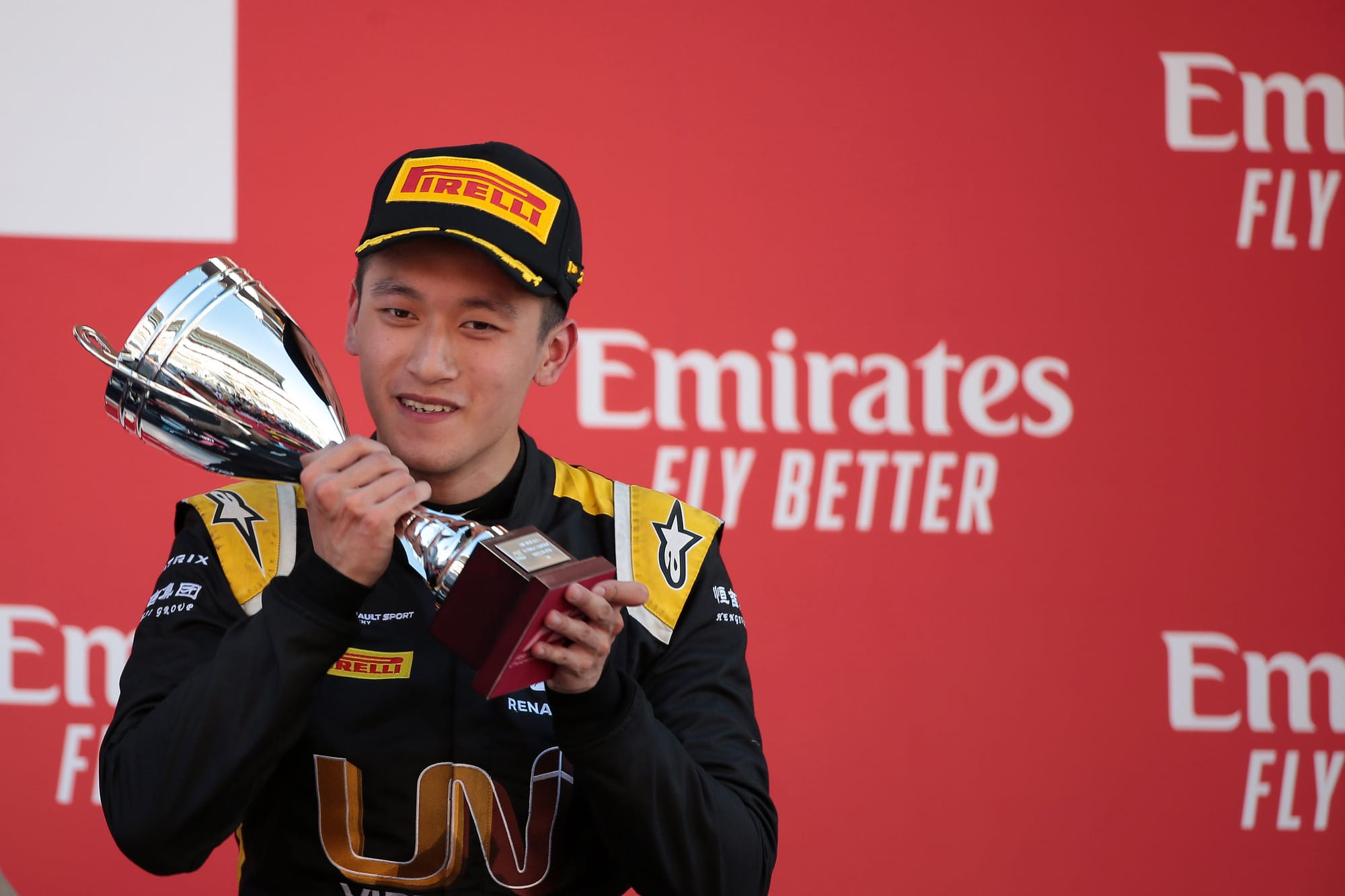
Back in 2019, Zhou Guanyu was China’s top prospect for a future F1 drive, with an F2 programme and a position as a Renault F1 development driver.
Since then – ironically in the absence of his home race – he has come into F1, impressed in his rookie comparison to Bottas at Sauber in ‘22, but not really kicked on as much since then, as he may have hoped.
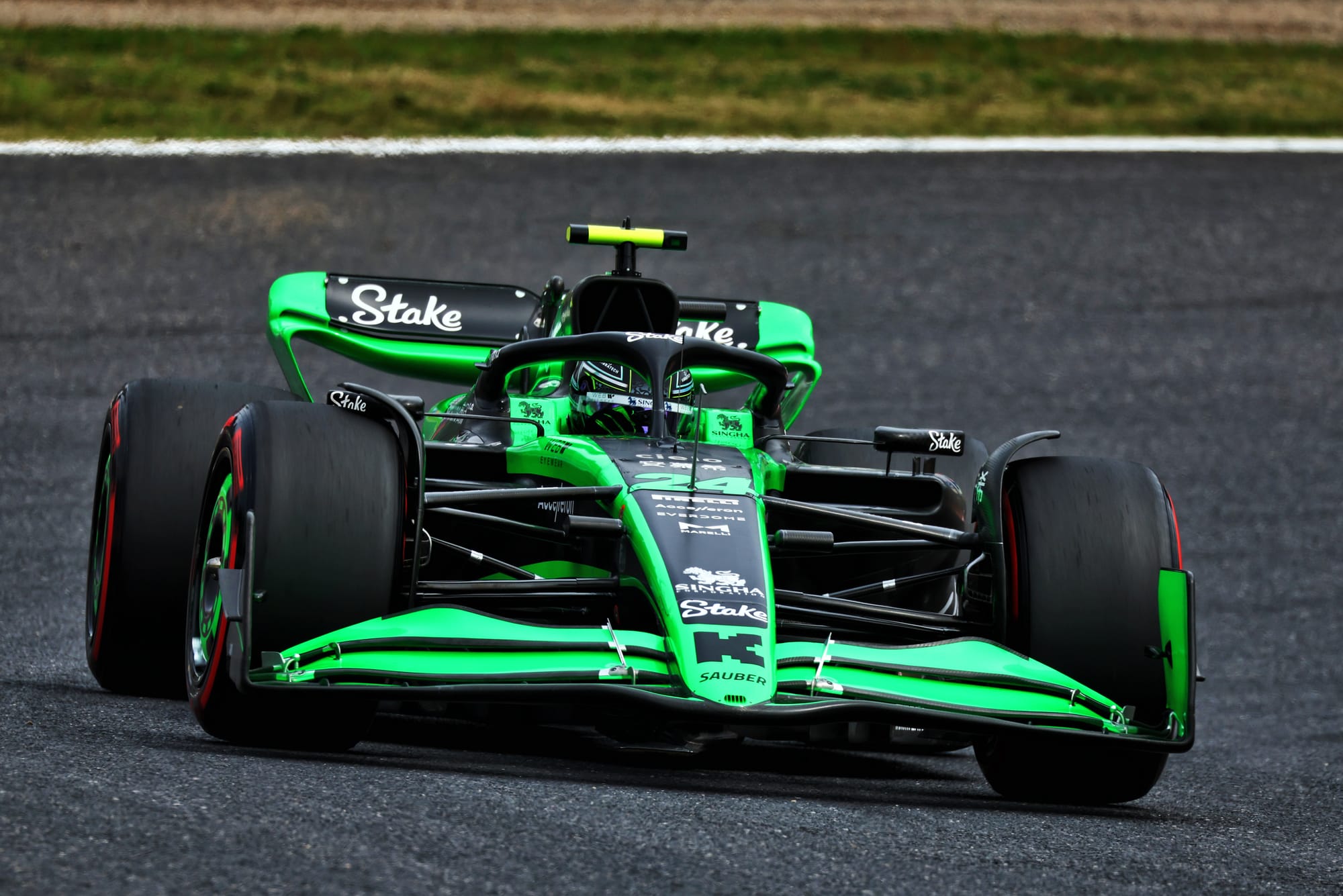
It’s good that he’s done enough to still have a seat as F1 returns to his homeland. But his future is not assured and it’s maybe a little disappointing for China not to have a whole line of aspirants to join him on the grid.
As things stand, there’s a very realistic prospect that this will be the first and last Chinese Grand Prix with a Chinese driver for a while. - MH

